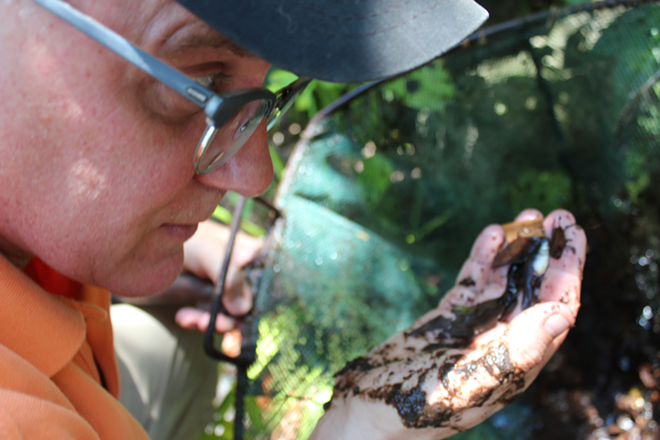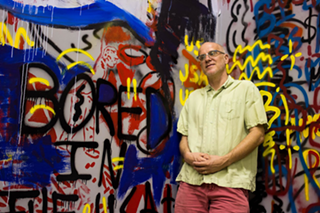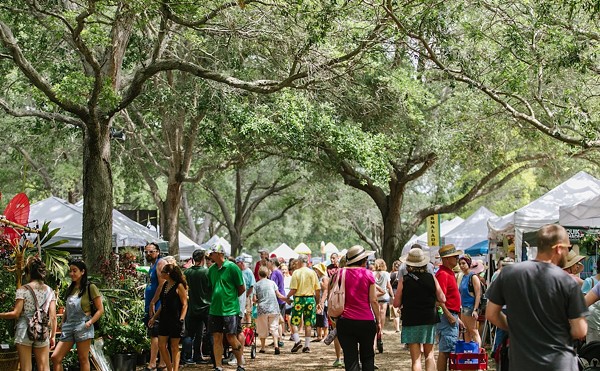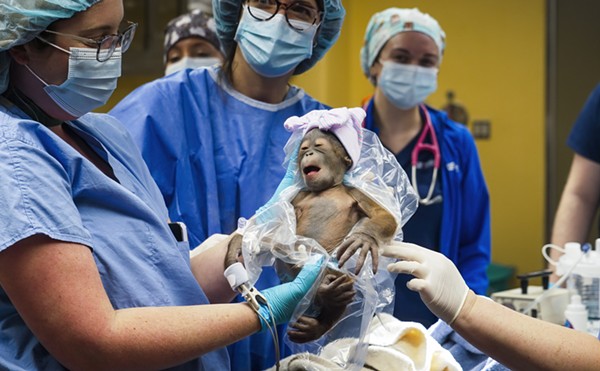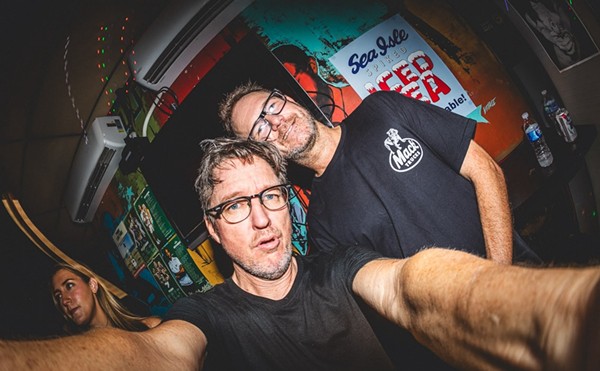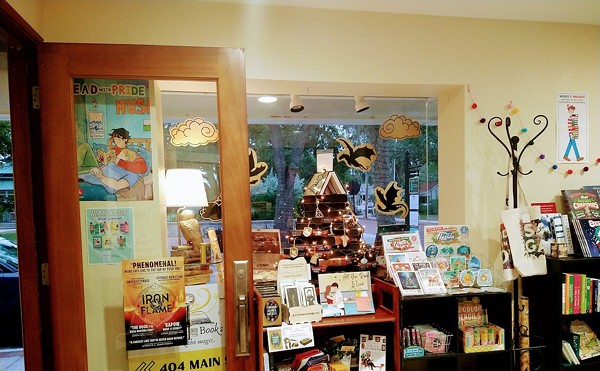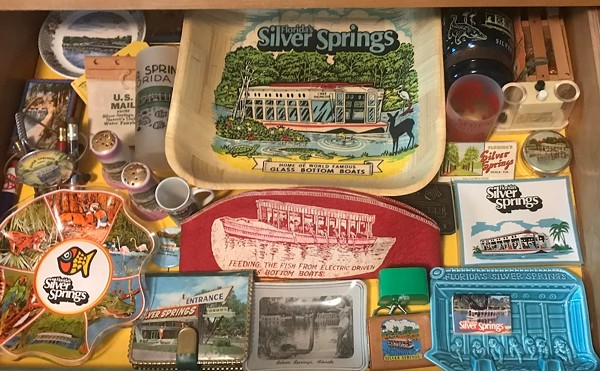From 1973 to 1978 my friend Dick Franz spent most nights cruising a five-mile stretch of US 441, south of Gainesville. He wanted to understand the highway's impact on snakes in Paynes Prairie State Preserve. Each snake, Dick told me, had a 1-in-17 chance of crossing alive. He watched a lot of snakes die. In the five-year period Dick gathered about 13,500 samples, 12 different species and 1.3 metric tons of roadkill. It's the kind of work that makes you lose faith in nature and man.
Dick, now 75, is still curious.
On a rainy Saturday he drove down to sample retention ponds with me in Pinellas County. I had always wondered about the parking lot at Suncoast Cathedral. The church sits on a bend of I-275, across from Sawgrass Lake Park in north St. Petersburg. I dropped off my teenage son here for Ultimate Frisbee games last summer and would often pause on stormy evenings to count ibis, storks and long-legged waders.
I wanted to see a larger ecosystem at work.
Dick and I pulled up to a long pond just south of 62nd Ave. N., a busy street. Dick drives slowly, maybe because he's old, or maybe to observe. Out of scientific habit, he called out plant names — dollar weed, St. Augustine grass, hydrilla. I noted the birds. Ibis, a moorhen, a family of mallards. Dick inched his way to the pond's edge, testing his titanium knees, and scraped the bottom with an industrial-sized net.
Invisible nature snapped into focus. Gambusia shimmered in the muck. We plucked out a ram's head shell, a fawn melania (or drill) from the Philippines, and tadpole physa (or left-handed snail). We identified aquatic beetles, plus dragonfly nymphs that rival DC or Marvel in killing style. A sunfish flopped in the dark water. The pond was not "species rich," as the scientists say, although we had definite habitat.
Next we drove under the interstate, to Sawgrass Lake Park. The church pond and lake offered an easy comparison. The two feed the same system. Both run into the canal along 77th Ave. N., then into Riviera Bay at Weedon Island, near the dog track. Sawgrass Lake is managed by Pinellas County and Swiftmud (Southwest Florida Water Management District) as flood control for nearby Kenneth City.
Dick and I stopped at a ditch. Traffic rattled above us. I scribbled down the plant names — pickerel weed, hydrilla and dollar weed (sworn enemy of the great Florida lawn).
We dipped our mega-net in the dredged canal and picked life from the muck. We found the same nymphs and beetles that we saw at Suncoast, more gambusia, but also Florida apple snail and a native mussel. The mussels indicated cleaner water.
The two samples proved the obvious. For biodiversity, a park beats a parking lot.
But we learn a lot by following streams to their sources. Ecologists tell us to look for connections, to trace energy flows beyond any single habitat or "patch." Swamps, streams, retention ponds and canals together form one community, one citified whole.
I have lived in St. Petersburg since 2001 and never thought about the wilderness under our interstate. I love the boardwalks at Sawgrass and Weedon Island. I used to volunteer at Weedon. Still, I never stopped to ask, what connects the two?
The following weekend, I dropped a kayak into the canal at 77th Ave. I paddled west until I reached a spillway at the interstate, where a modern Huck Finn was going after tarpon and snook. I turned around and let the current from Tropical Storm Hermine shove me into the bay.
I drifted past collapsing mowed banks to the right, and on my left, noted the standard Pinellas mix of mangrove, Brazilian pepper, slash and Australian pine.
Drainage pipes, full to the brim, slurped ominously. I scared up scattered anhingas and cormorants, even a squawking great blue. The canal took me past an imposing drainage pipe at Target, where my wife had just bought two spatulas and a bag of dog food.
Perspectives change on the water. I learned how a ditch becomes a canal and how a canal feeds the bay. Past the low bridge at 4th St., the channel deepens. Power boaters dock behind their house; these same boaters, who live to fish, mow their St. Augustine yards to the seawall. Where's the code? I think. Shouldn't there be a buffer?
The canal spits me out at Riviera Bay. I feel like an alien, watching the Sunday paddlers tool around Weedon Island. Grit from the bridge bottoms cakes my hands. My kayak is covered with litter and twigs. I reach the dock at Weedon, where an FWC official checks fishing licenses.
I wonder if FWC knows about the kid hooking tarpon and snook upstream. Some lucky kids know there is nature in this city.
An interstate runs through it.

